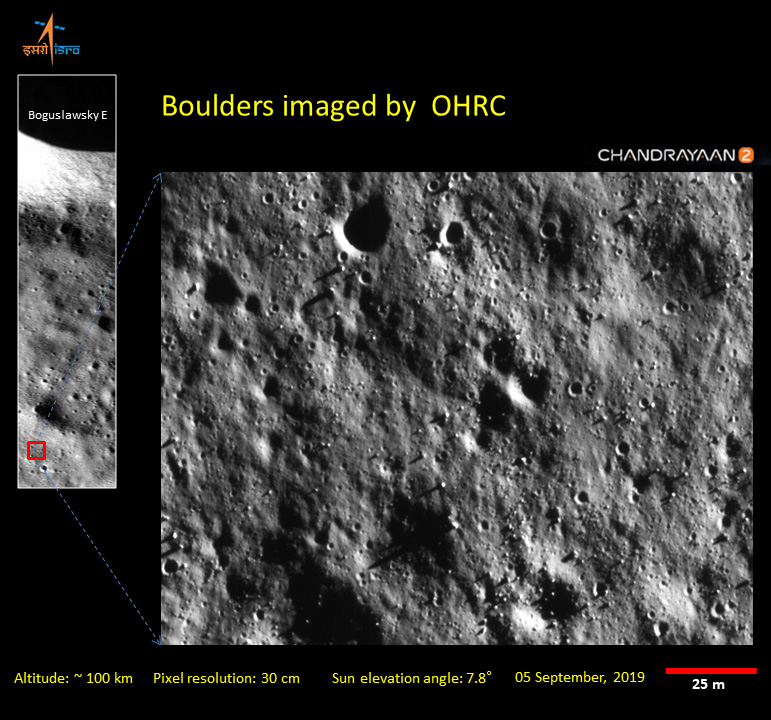
It's official: India will try again to land on the moon.
The Chandrayaan-3 mission, which will consist of a lunar rover and a stationary lander, has been approved by the Indian government, K. Sivan, the chairman of the Indian Space Research Organisation (ISRO), announced during a news conference Wednesday (Jan. 1).
India's first moon-landing effort failed this past September when the Chandrayaan-2 lander crashed hard into the lunar surface.
Related: India's Chandrayaan-2 Mission to the Moon in Photos
The Chandrayaan-3 news is not exactly a surprise; Indian media outlets reported in November that ISRO had already begun designing the mission and that a launch could come as soon as November of this year.
Sivan did not announce a target launch date in Wednesday's news conference. But he did reveal an estimated cost for Chandrayaan-3, according to Space News: 6.15 billion rupees, or about $91.2 million at current exchange rates. That's considerably cheaper than Chandrayaan-2, which cost 9.7 billion rupees ($136.1 million).
The older mission featured an orbiter as well as a lander and rover, which explains the higher price tag. Chandrayaan-3 doesn't need an orbiter; the Chandrayaan-2 orbiter remains in good health and should continue to operate for years to come, ISRO officials have said.
Get the Space.com Newsletter
Breaking space news, the latest updates on rocket launches, skywatching events and more!
Sivan discussed a number of other topics as well during the news conference, according to an ISRO press release. One of those was Gaganyaan, Indian's human spaceflight program.
"We've made good progress [on] the mission," Sivan said, according to the ISRO release. He added that four astronauts have been selected for the first Gaganyaan flight to Earth orbit, but he did not reveal the pioneers' names or a target launch date, Space News reported.
In August 2018, Indian Prime Minister Narendra Modi said the nation was aiming to notch the milestone by 2022, the 75th anniversary of India's independence from the United Kingdom.
- India's Chandrayaan-2 Spacecraft Snaps Its First Picture of the Moon
- India's Space Program: Complete Coverage
- Stunning Photos Show Earth from India's Spacecraft Headed to the Moon
Mike Wall's book about the search for alien life, "Out There" (Grand Central Publishing, 2018; illustrated by Karl Tate), is out now. Follow him on Twitter @michaeldwall. Follow us on Twitter @Spacedotcom or Facebook.

Join our Space Forums to keep talking space on the latest missions, night sky and more! And if you have a news tip, correction or comment, let us know at: community@space.com.

Michael Wall is a Senior Space Writer with Space.com and joined the team in 2010. He primarily covers exoplanets, spaceflight and military space, but has been known to dabble in the space art beat. His book about the search for alien life, "Out There," was published on Nov. 13, 2018. Before becoming a science writer, Michael worked as a herpetologist and wildlife biologist. He has a Ph.D. in evolutionary biology from the University of Sydney, Australia, a bachelor's degree from the University of Arizona, and a graduate certificate in science writing from the University of California, Santa Cruz. To find out what his latest project is, you can follow Michael on Twitter.









